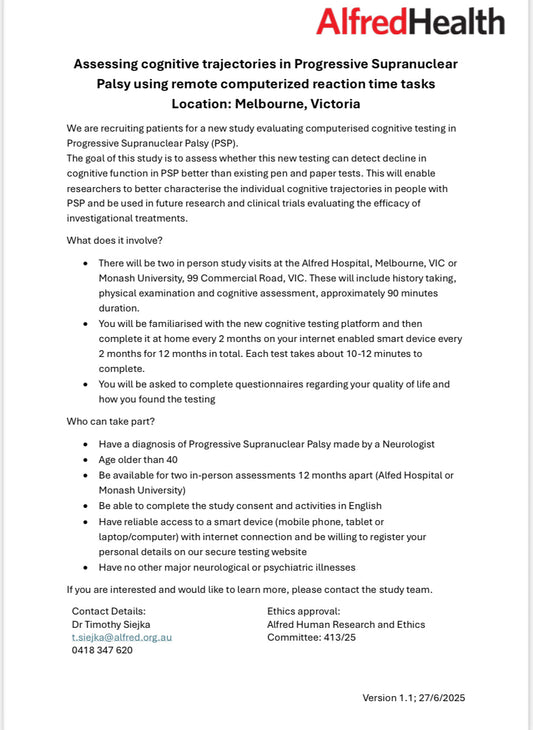Hospice care is often misunderstood as the final act of giving up hope, but in reality, it's about enhancing the quality of life when cure is no longer the primary goal. This blog post delves into how hospice supports individuals with conditions like Atypical Parkinsonism, providing comfort, dignity, and support not just to the patient but also to their caregivers.
Understanding Hospice
Hospice care focuses on managing pain and other symptoms, offering emotional and spiritual support, and assisting with the practical aspects of daily life. It's designed for those with a life-limiting illness where the focus shifts from curative treatments to palliative care. Here's why hospice is an invaluable resource:
- Individualized Care: Every plan is tailored to the patient's specific needs, considering their comfort, dignity, and wishes. For someone with Atypical Parkinsonism, where symptoms can be unpredictable and varied, this personalized approach is crucial.
- Holistic Support: Hospice care extends beyond medical needs. It includes psychological support, social services, and spiritual care. This holistic approach ensures that all aspects of the patient's life are addressed, helping to maintain their quality of life.
- Support for Caregivers: The burden on caregivers can be immense, both emotionally and physically. Hospice provides respite care, education on symptom management, and emotional support, which are vital for maintaining the caregiver's health and well-being.
- Flexibility and Accessibility: There's no set "stage" for involving hospice. It's beneficial to start early, before the situation becomes too overwhelming. This proactive approach allows for better management of care and preparation for future needs.
The Role of Hospice in Atypical Parkinsonism
Atypical Parkinsonism, with its progressive and often unpredictable symptoms, can be particularly challenging. Here's how hospice can make a difference:
- Symptom Management: With symptoms like mobility issues, cognitive changes, and dysphagia, patients require specialized care. Hospice teams, which can include nurses, therapists, and social workers, work to manage these symptoms effectively at home.
- Adaptive Equipment: Hospice can provide or help arrange for equipment like hospital beds, wheelchairs, or communication aids, which can dramatically improve the daily life of someone with worsening motor functions.
- Emotional and Psychological Support: The erratic nature of Parkinsonism symptoms can be emotionally taxing. Counseling and support groups facilitated by hospice can offer solace and understanding, reducing feelings of isolation.
- Education and Planning: Hospice care teams educate both patients and families about what to expect, how to manage symptoms, and planning for future care needs, which can alleviate anxiety and uncertainty.
Getting Involved with Hospice
If you or someone you know is experiencing the challenges of Atypical Parkinsonism, here’s how to engage with hospice services:
- Talk to Your Doctor: Your primary care physician can provide a referral to hospice services. They understand your medical history and can help determine when hospice might be beneficial.
- Contact Local Hospice Organizations: Many communities have local hospice providers who can explain services, eligibility, and how to start the process.
- Hospitals and Care Facilities: If your local hospital has a palliative care team, they can also guide you towards appropriate hospice care.
Hospice care isn't about giving up; it's about giving more. More time, more comfort, and more love in the moments that matter most. For those with Atypical Parkinsonism, where every day can bring new challenges, having the support of hospice can transform the journey into one of peace and dignity. Remember, it's about making the best of the time you have, not about the time you have left. Embrace the support, and let it empower both the patient and the caregiver through one of life's most profound passages.
Laura Louizos


 Donate
Donate




1 comment
I wish I could agree and say the same for Hospice in Australia … it’s not the same ..it’s a money making organization that has little to zero care for the people ….very sad